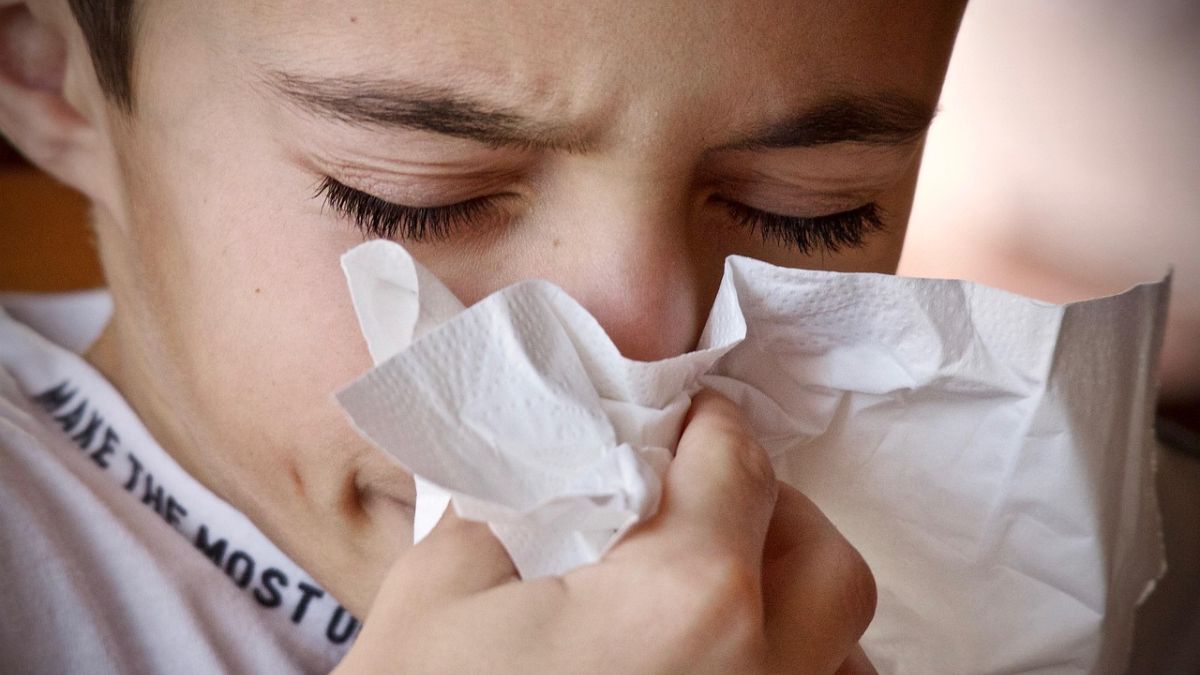With the monsoon receding in North India, there has been a sharp rise in viral illnesses. According to a LocalCircles survey of over 11,000 households in Delhi-NCR, 69 per cent reported at least one member displaying flu symptoms, which is a significant jump from the 54 per cent in March. Meanwhile, 37 per cent of respondents said that four or more members of their household were ill, while only 25 per cent reported no cases. Doctors across the capital region say that the H3N2 strain is more severe than the regular flu.
Let us take a look at the H3N2 infections.
What is H3N2 infection?
H3N2 is a type of the influenza A virus which causes respiratory illness. The World Health Organization (Who) reports that this particular strain tends to mutate frequently, making it more difficult to manage than other flu viruses.
The virus spreads through droplets from coughs, sneezes or even talking. Thus, people need to be cautious while interacting with those who show flu symptoms. It also spreads through contaminated surfaces.
What are the symptoms?
Amid the rising cases of flu in the National Capital Region (NCR), most people exhibit symptoms such as a runny nose and sore throat. However, H3N2 symptoms include sudden high fever, persistent cough, sore throat, runny or blocked nose, body aches, muscle pain, headaches, fatigue, weakness that lasts several days, nausea, and vomiting. What makes the H3N2 virus dangerous is that it lasts longer and is more severe than the regular flu, and hence it requires careful monitoring.
Dr Rommel Tickoo, director of Internal Medicine at Max Super Speciality Hospital, Saket, told The Economic Times, “In the past two weeks, more than half of the patients visiting OPD with fever have exhibited flu-like symptoms. While we don’t test every case, H3N2 appears to be the predominant strain. Patients often present with a high-grade fever that is unresponsive to paracetamol, along with throat pain, cough, headache, and body ache”.
Who are the most at risk?
According to medical experts, children, senior citizens, and people suffering from diseases are the most prone to contracting the H3N2 virus this season. While children under the age of five years and adults over the age of 65 are most likely to be affected by this virus, pregnant women and people suffering from diabetes, asthma, heart disease and even healthcare workers are at risk of contracting the disease.
How to prevent H3N2
An annual flu vaccine is recommended by the WHO to offer protection against seasonal flu, including strains like H3N2. Regularly washing hands with soap and water for 20 seconds and avoiding touching your face always helps to keep viruses at bay. Cover your nose and mouth when sneezing or coughing to ensure you are not spreading germs.
Those who show even the slightest symptoms of the virus should consult a doctor immediately. To protect against the spread of infection, a combination of early detection, proper hygiene, vaccination, mask usage, and avoiding crowded places can significantly reduce risk.
With inputs from agencies
)